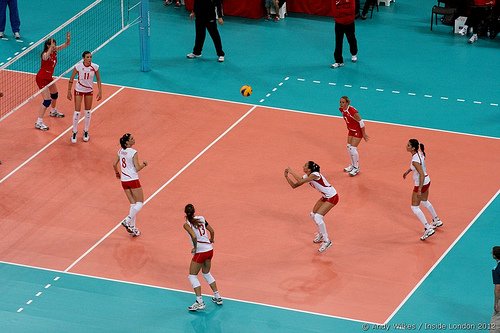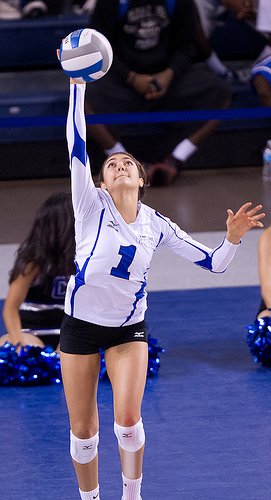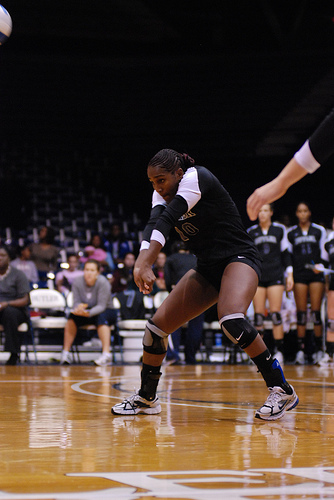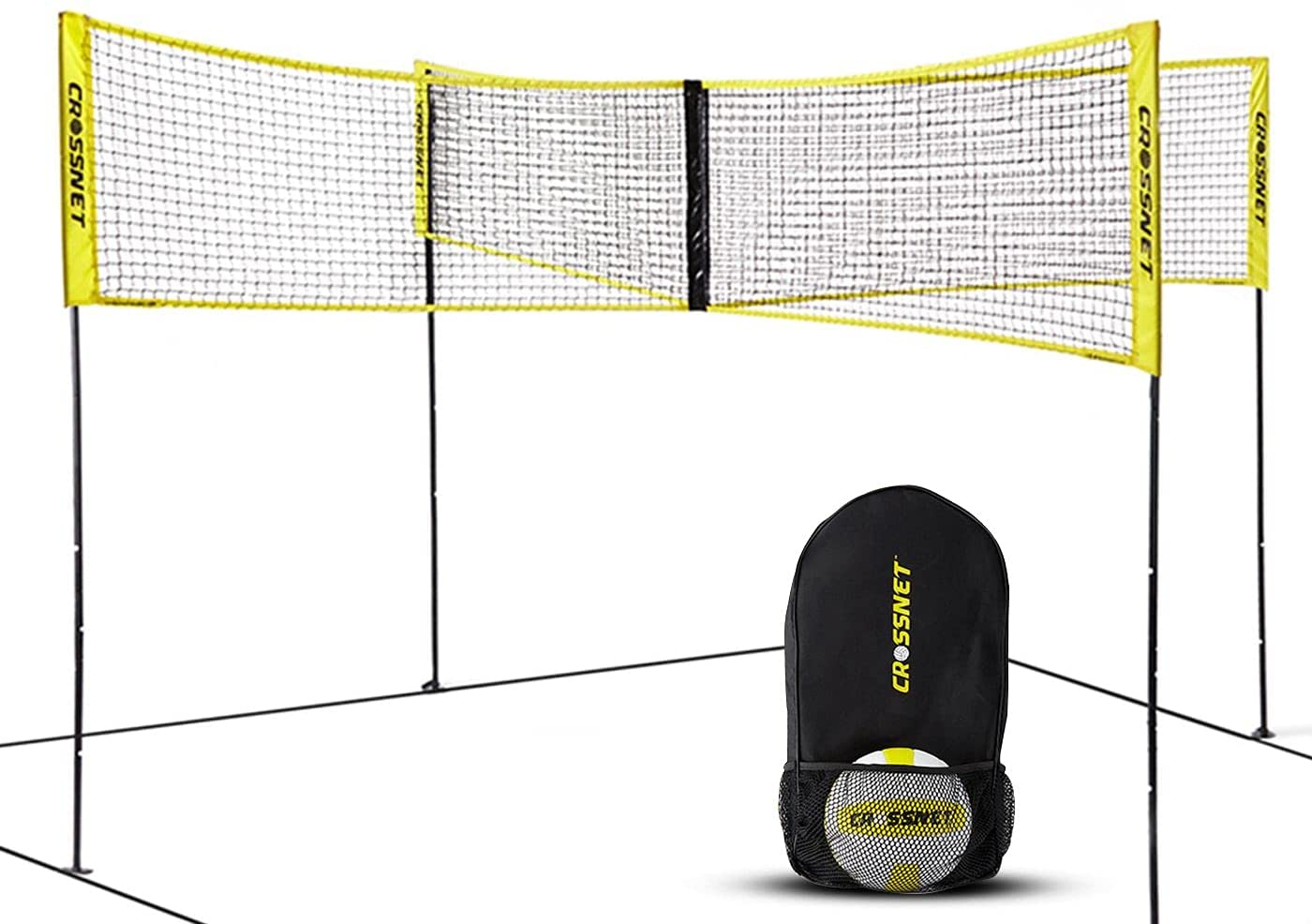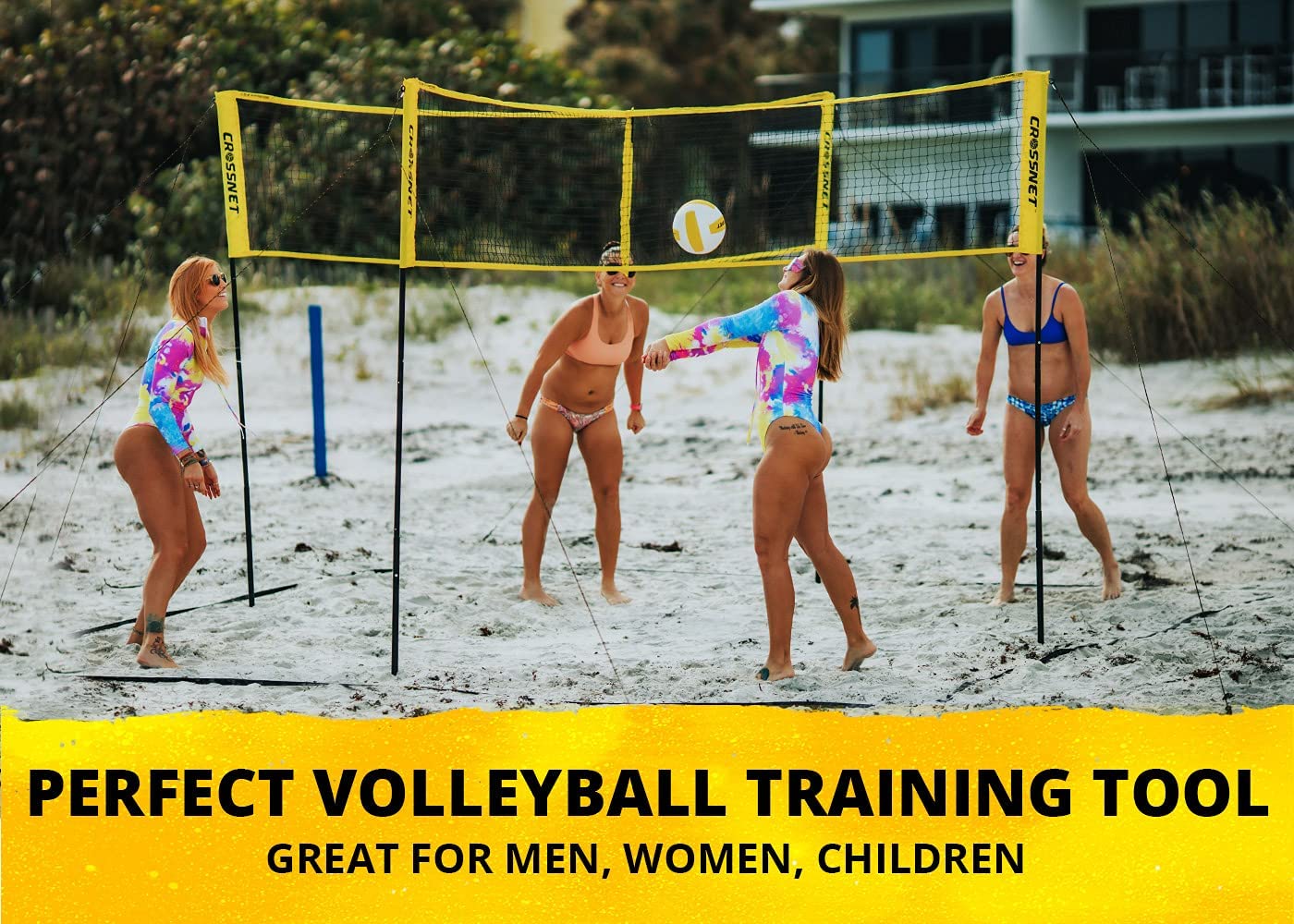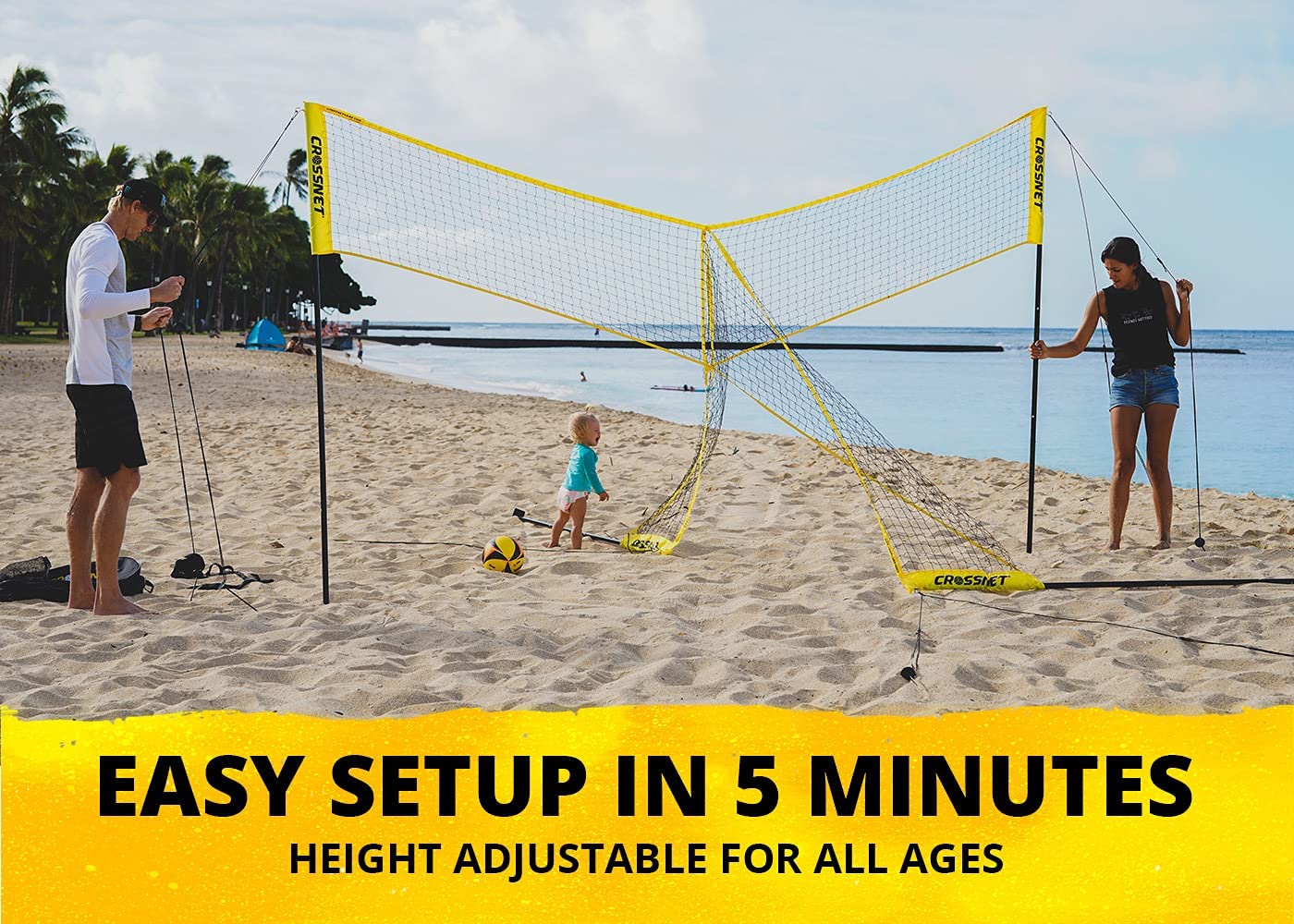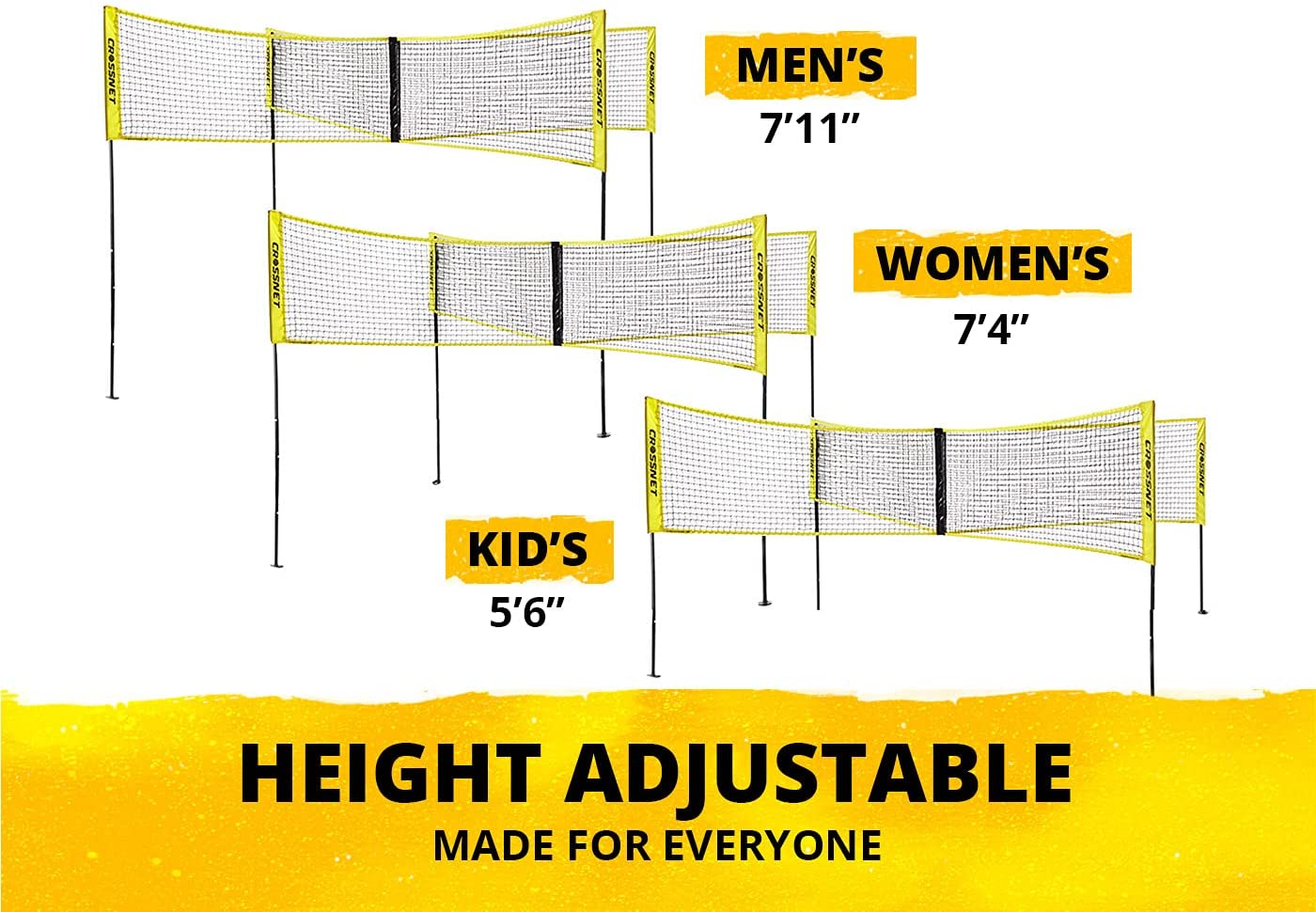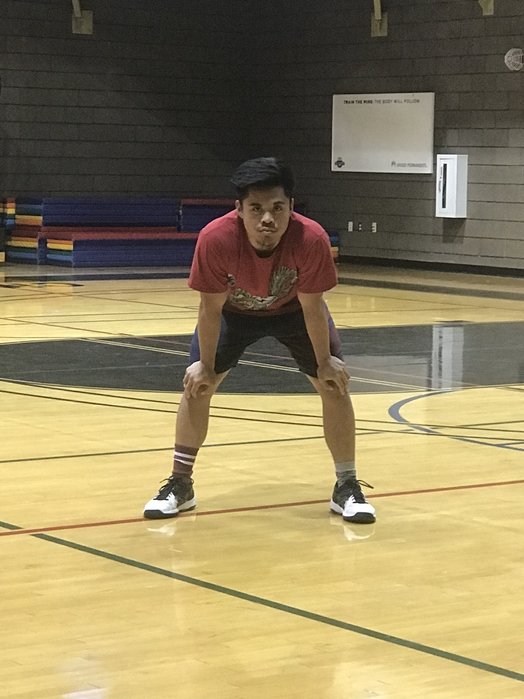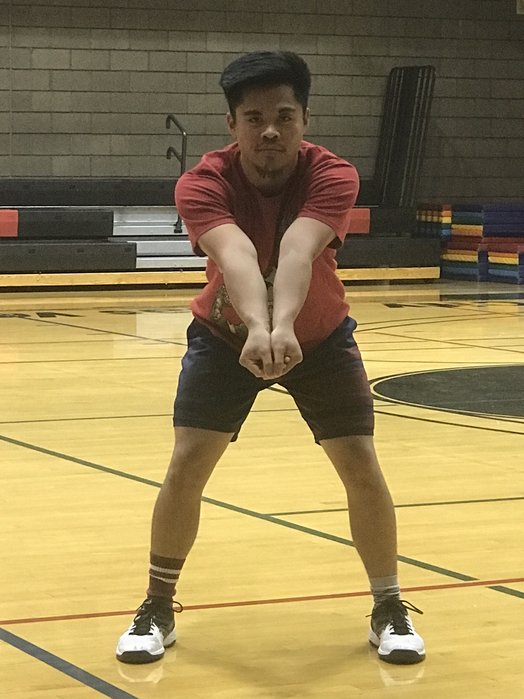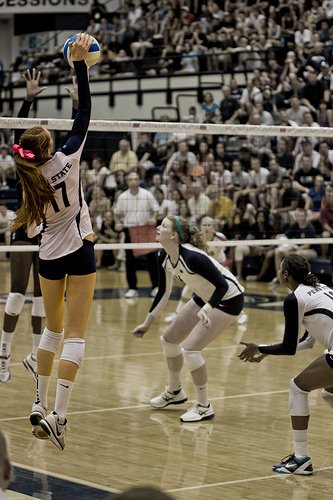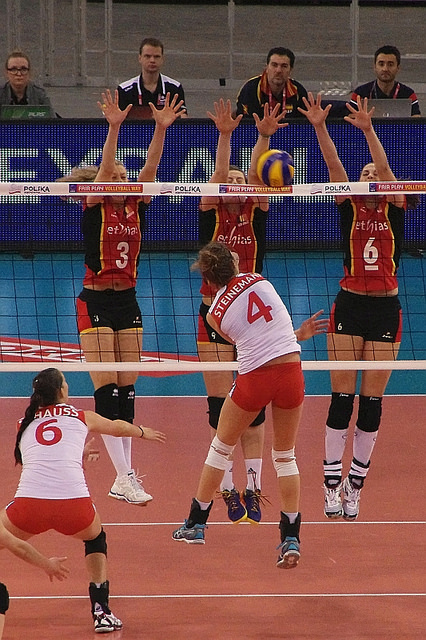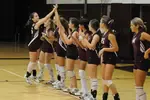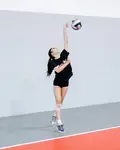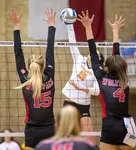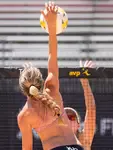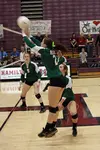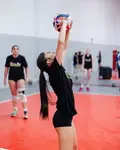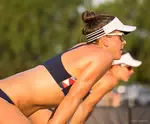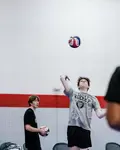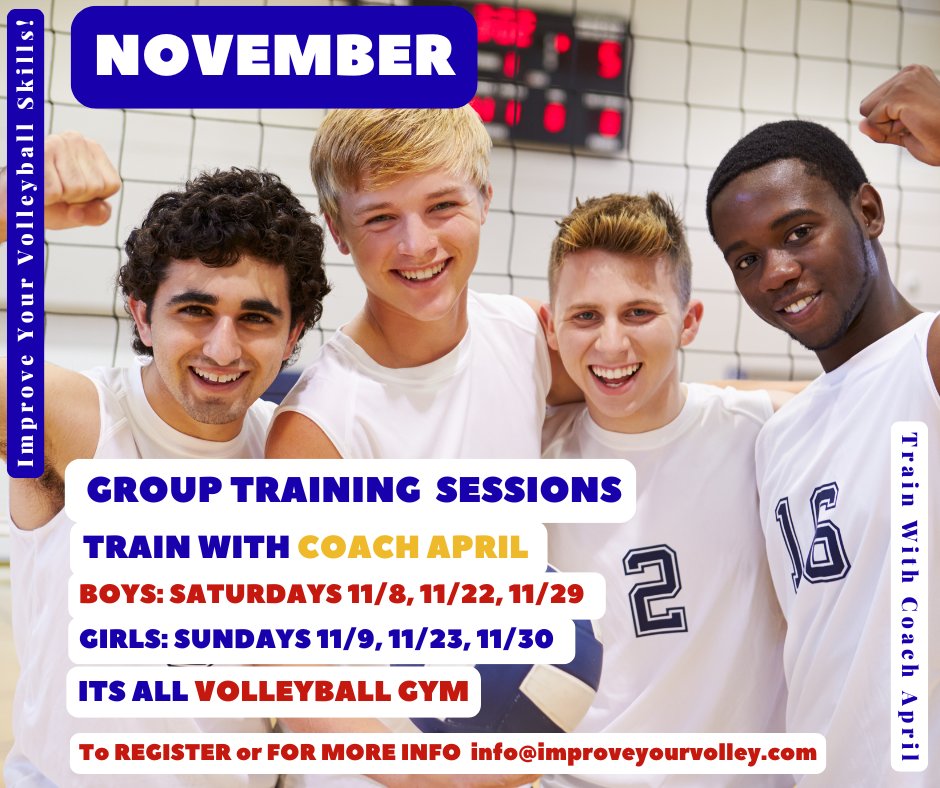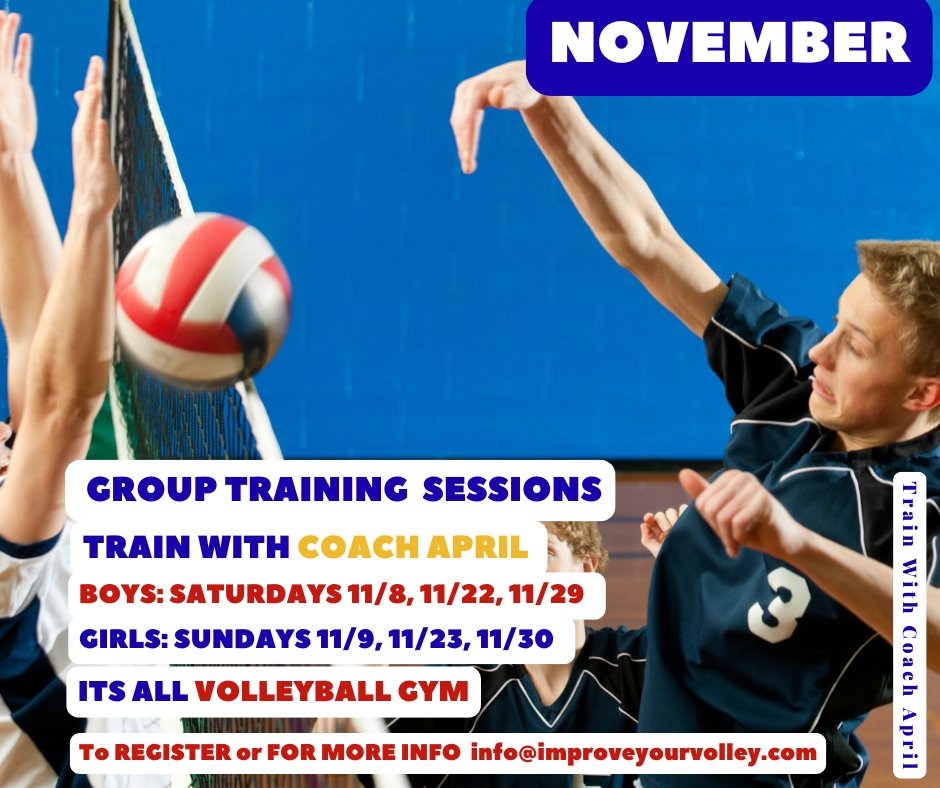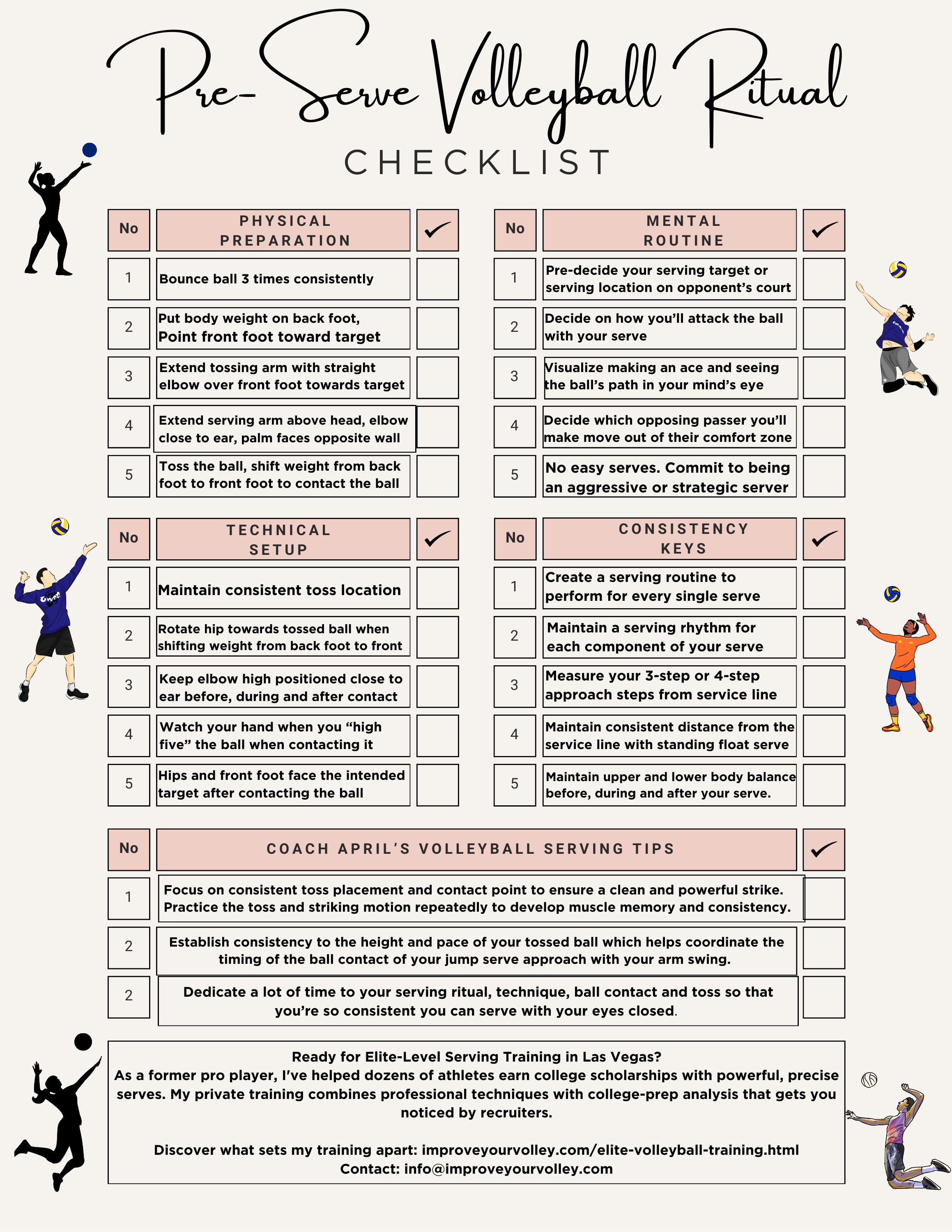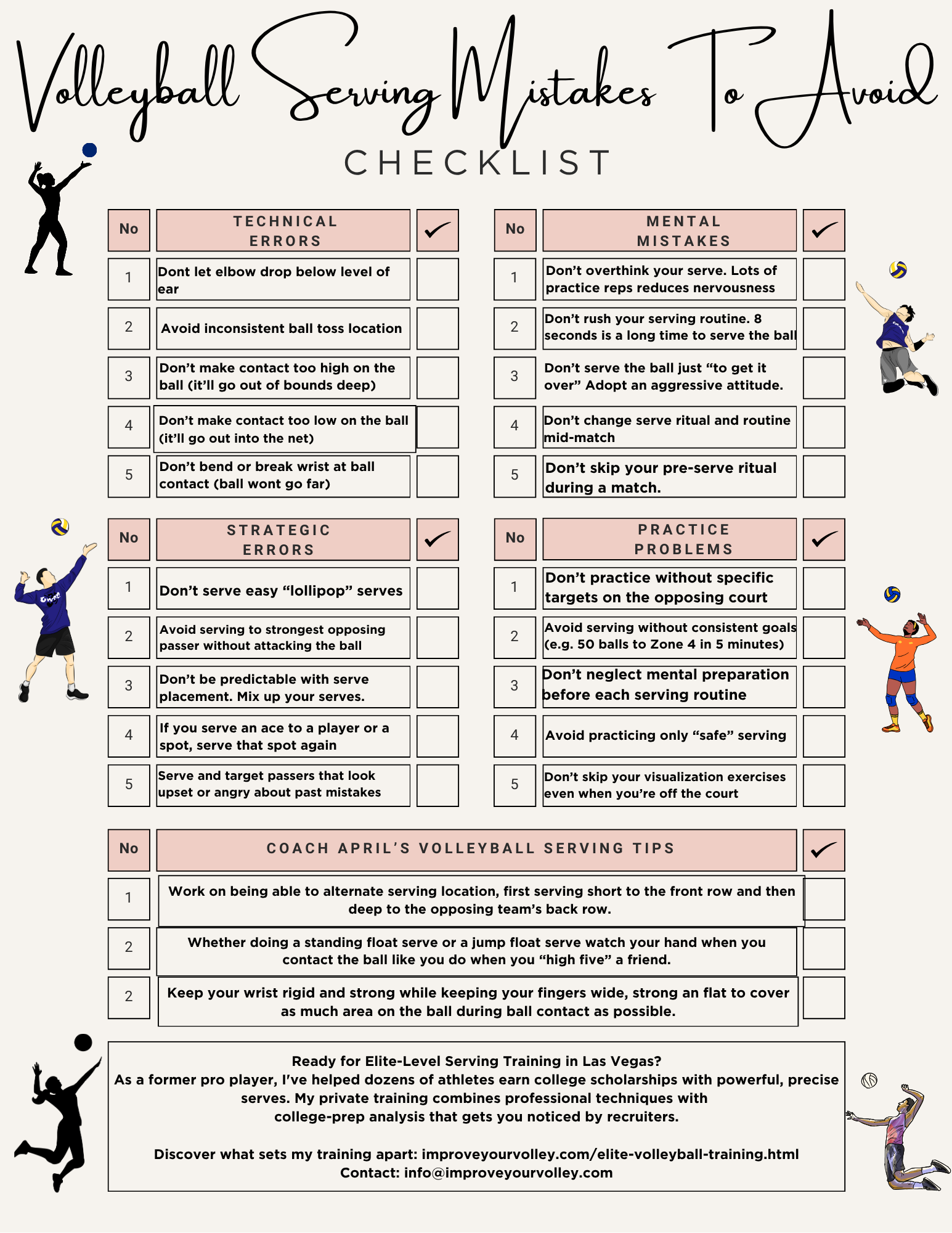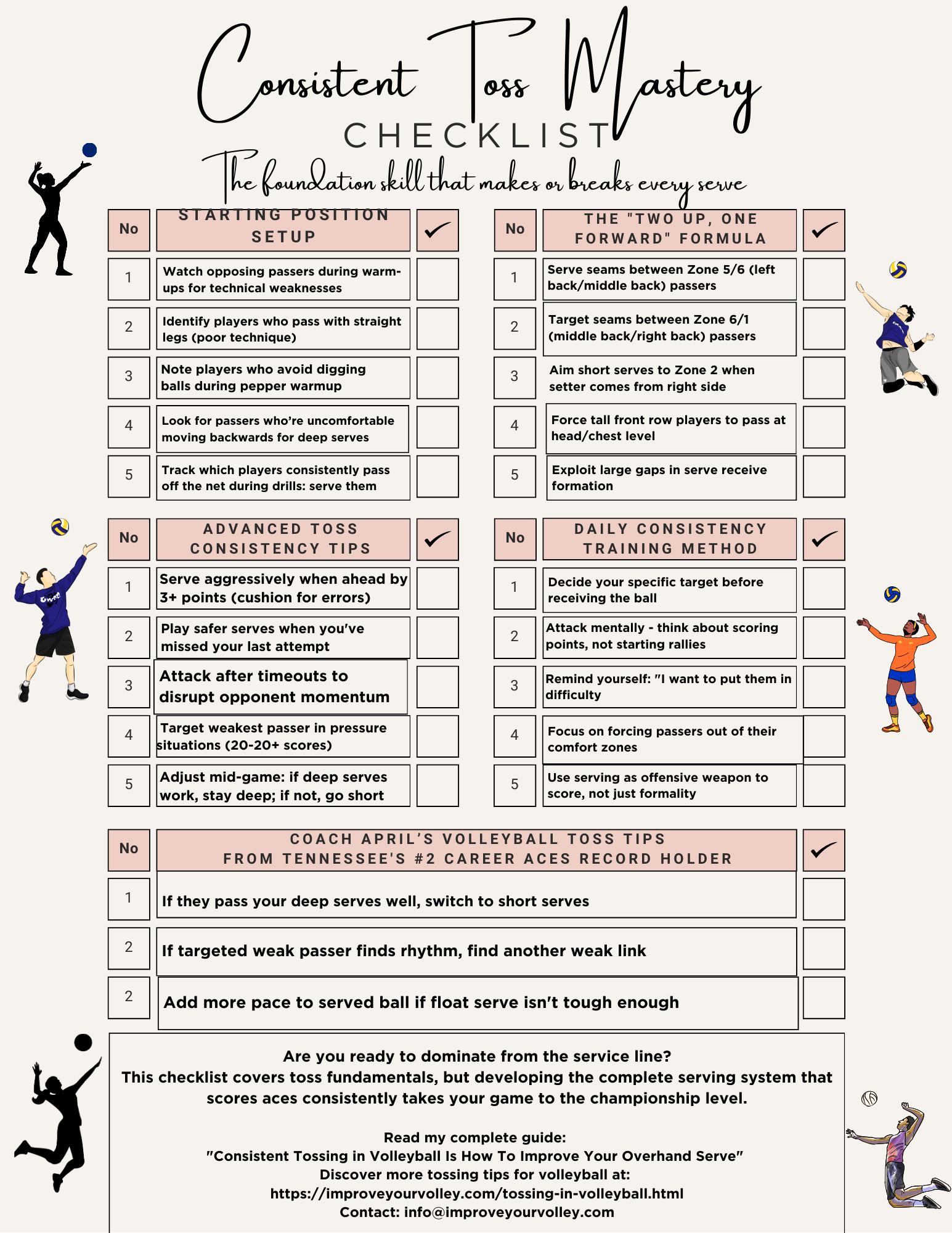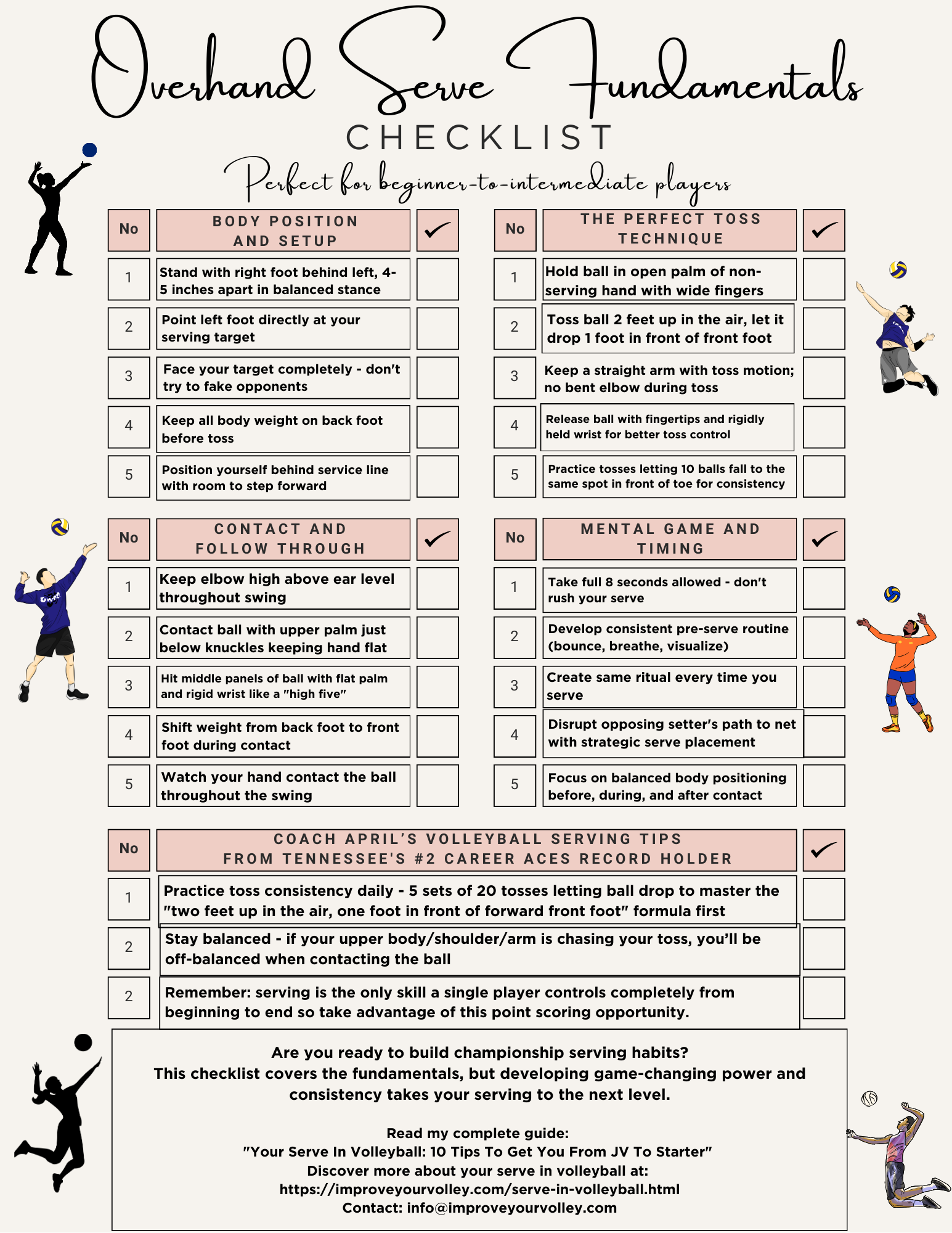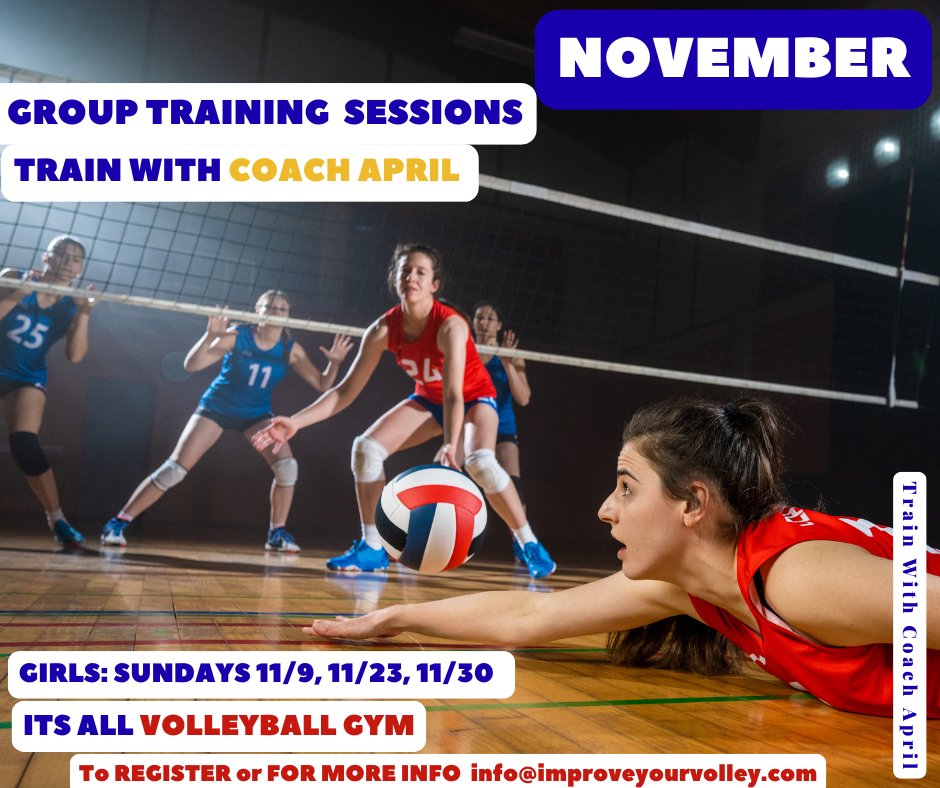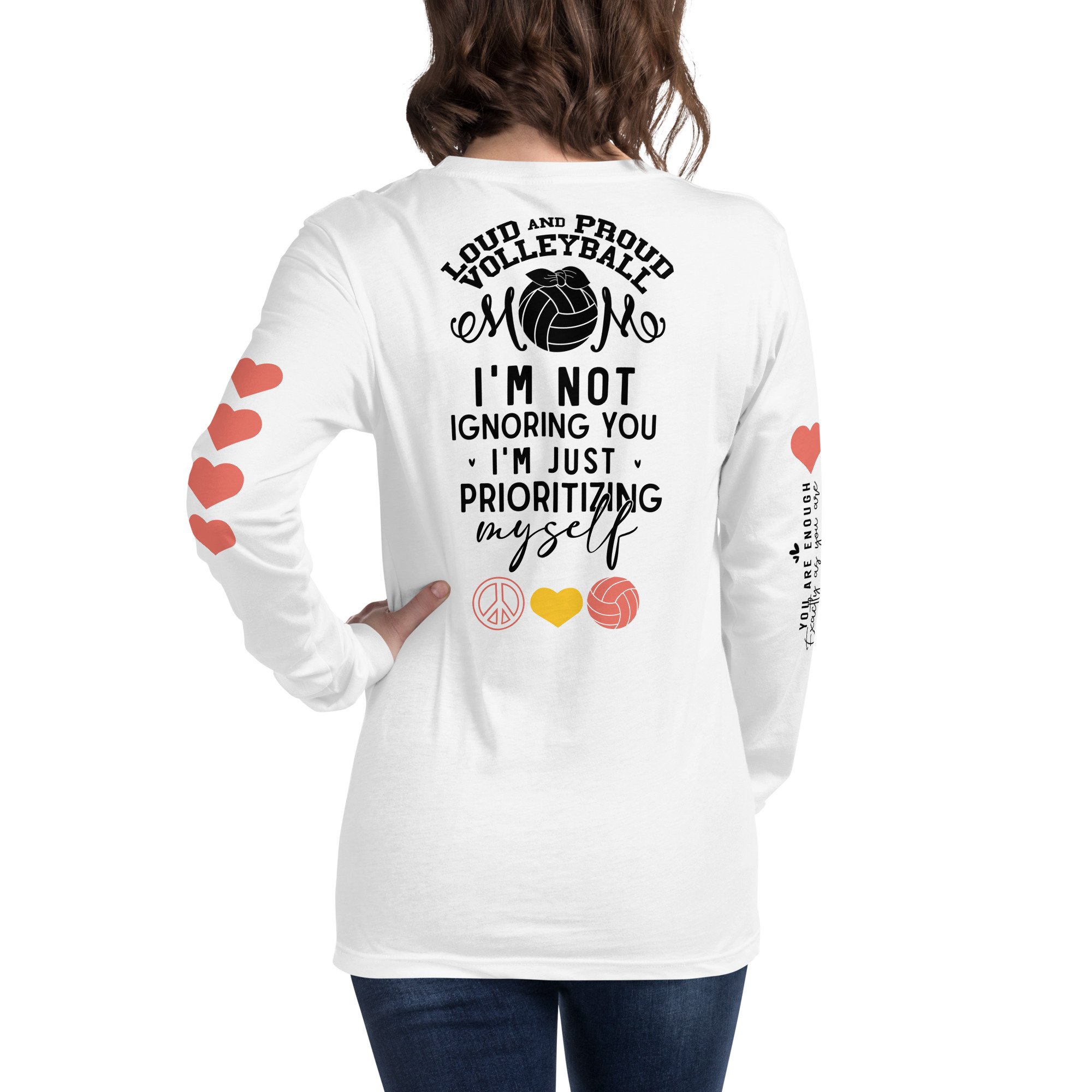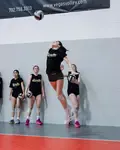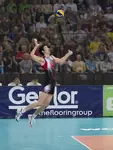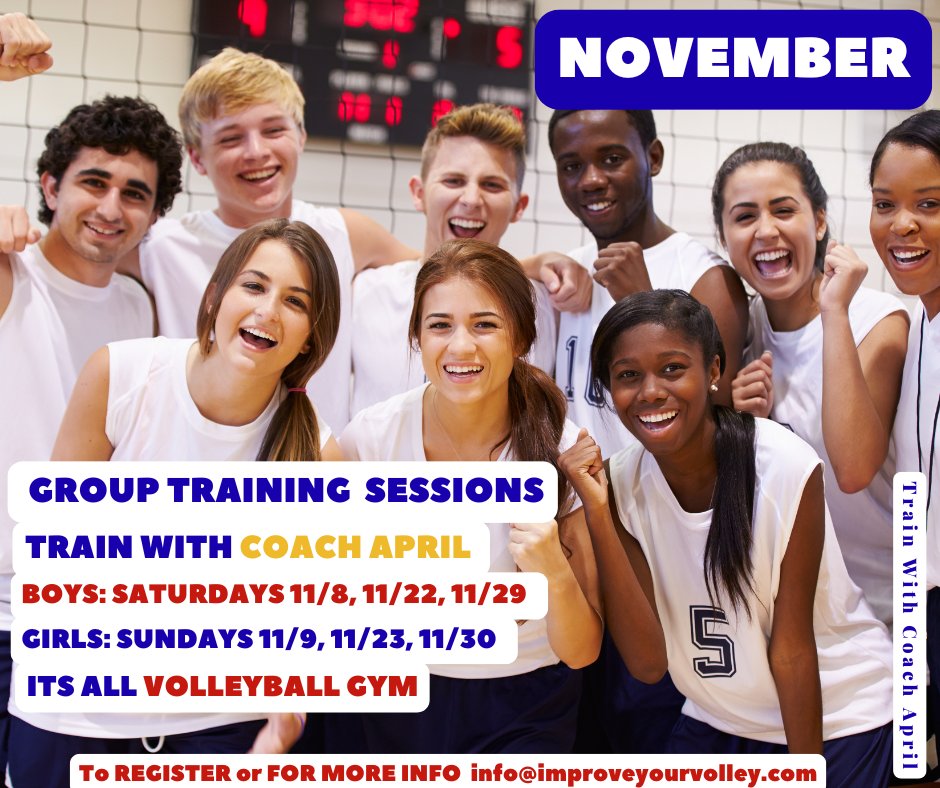 NOVEMBER Group Training with Coach April
Registration is NOW open for Group Training Sessions with me Coach April For BOYS on SATURDAYS 11/8, 11/22, 11/29
For GIRLS on SUNDAYS 11/9, 11/23, 11/30
From 10-11am at the Its All Volleyball gym.
Email: info@improveyourvolley.com to register or for more information
NOVEMBER Group Training with Coach April
Registration is NOW open for Group Training Sessions with me Coach April For BOYS on SATURDAYS 11/8, 11/22, 11/29
For GIRLS on SUNDAYS 11/9, 11/23, 11/30
From 10-11am at the Its All Volleyball gym.
Email: info@improveyourvolley.com to register or for more information- Improve Your Volleyball with Coach April
- How To Play Volleyball
- How Do You Play Volleyball?
How Do You Play Volleyball? Here Are 6 Basic Skills You'll Learn Fast!
Getting started with volleyball but not sure how? This "how-do-you-play-volleyball" guide will help you master the sport with lightning speed so use it alot!
So you want to know how do you play volleyball?
Let's start with a simple list of the six basic volleyball skills that high school and club players need to learn....
How Do You Play Volleyball?:
While Serving, Aim to Win
First, you'll have to learn how to serve a ball.
Serving acts like the ignition to a car, because it starts all the rallies in volleyball.
As you stand in Zone 1; on the right-back, you serve the ball over the net, preferably overhand for a more competitive edge. You can make a point in two ways -
a) Direct score: when your serve hits the opponent's court without intervention (which is called an "ace") OR
b) A strategically placed serve that makes it tough for the opponents to launch an offensive attack.
What is a volleyball serve?
1. The ball is sent over the net to start the rally by the player in Zone 1, the right back area of the court.
2. The serve can be made underhand but for high school, club, collegiate and International competition you need to know how to overhand serve the ball.
The overhand volleyball serve is made with contact of the ball by a player when you first toss the ball with one hand in the air and contact it with force with the other hand in an effort either
How Do You Score A Point With Your Serve?
a) to score a point directly which happens if the ball hits the floor on the opposing team's court with no one able to get it up first or you
b) serve the ball in an area on the opposing side which makes it difficultfor the opposing team to run an offensive attack
How Do You Play Volleyball?
Passing or Bumping - A Pivotal Skill
Next you'll need to learn how to pass or bump a volleyball.
Passing, or bumping, is all about reading then absorbing then redirecting the served ball.
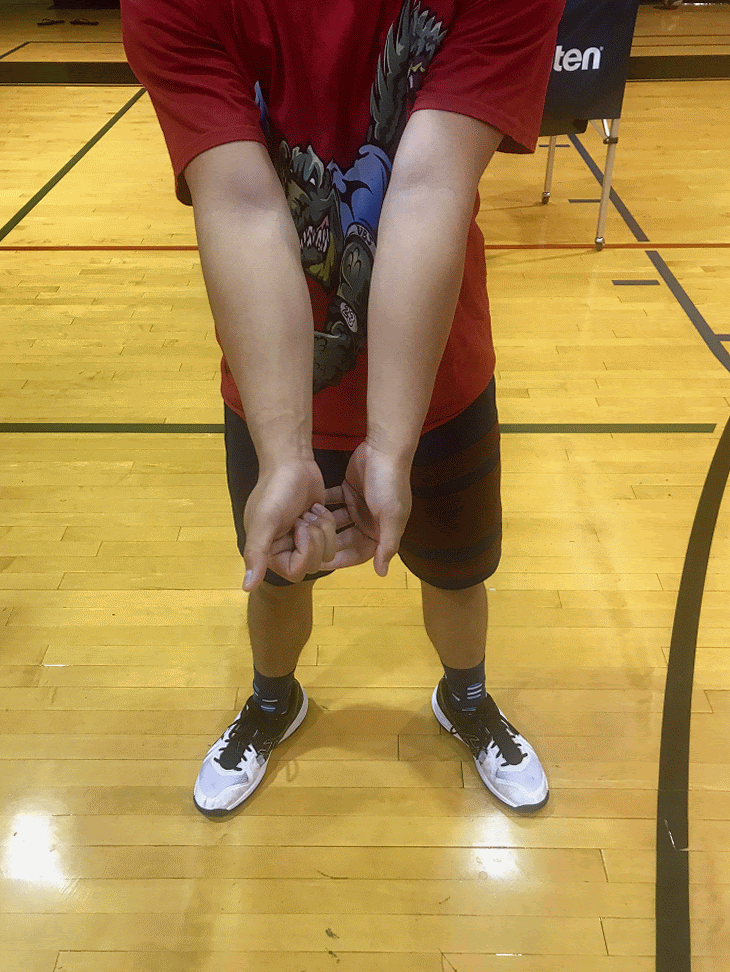 To make a platform to pass the ball when the ball arrives at your hip level, clasp your hands together (one hand inside the other), fingers extended and thumbs pointing towards the ground.
To make a platform to pass the ball when the ball arrives at your hip level, clasp your hands together (one hand inside the other), fingers extended and thumbs pointing towards the ground.When the volleyball arrives above your hip level, clasp your hands together (one hand inside the other), fingers extended and thumbs pointing towards the ground.
Now, using your combined arm-platform, you deflect the volleyball to your teammate - usually the setter.
Passing in volleyball or bumping a ball are two ways to explain the same underhand technique of receiving the serve.
What is passing a ball?
The pass or the bump is used to describe the most commonly used technique to make the first contact of the ball after its been served into your court by an opposing team.
When the ball arrives at just above your hip level you clasp both hands together, one palm inside the other, pointing both thumbs to the ground.
This creates a platform with both arms that you use to contact the ball deflecting it from your angled platform to the person most responsible for making the second contact on the ball, your setter.
How Do You Play Volleyball?:
Setting - The Prelude to a Great Spike!
What is setting in volleyball?
Setting in volleyball plays the crucial role of positioning the ball perfectly for a spike.
Arms outstretched above your head with palms facing the ceiling, you wait for the ball.
Once it touches your fingers, you rebound it with just enough force for your teammate - setting the stage for them to spike.
 How Do You Play Volleyball?: Setting a volleyball is usually the second contact in a rally made by a setter who sets the ball to one of 2 or 3 hitters.
How Do You Play Volleyball?: Setting a volleyball is usually the second contact in a rally made by a setter who sets the ball to one of 2 or 3 hitters.A set is a way you contact the ball over your head to get the ball to travel from you to another person or over the net .
- Both arms are outstretched above your head with shoulders close to your ears.
- Once the ball contacts the fingertips of your hands you push it back up into the air towards your target, setting the ball up for the next person to contact it.
Coach April Chapple's Volleyball Passing Tips For Youth Volleyball Players
How Do You Play Volleyball?
Spiking - The Crowd Pleaser
A spike is the third contact in a rally, where the player sends the ball over the net with power!
It begins with a three or four-step approach - slow paced at first, gaining momentum and height with each step.
The goal?
Hit the ball at high velocity into your opponent’s court. As you get better at spiking, you might find your hits getting faster, lower, and directed down the line or cross court.
How Do You Play Volleyball:
Blocking - The First Line of Defense!
Blocking is the primary defensive strategy in volleyball. Once the whistle blows and your team serves the ball, you're on the defensive end, guarding your turf. Blocking is your team's first line of defense against the attacking team, guarding your court from a volley.
How Do You Play Volleyball?:
The Dig - Saving the Day!
When the ball slips past your team's blockers, your back row players take control with a 'dig' - an underhand technique that sends the volleyball back into the air.
Position your hips low and arms extended out in front of you to deflect the volleyball up in the air, ideally to the middle of the court.
That’s how you defend or dig a hit and transform it into an attack!
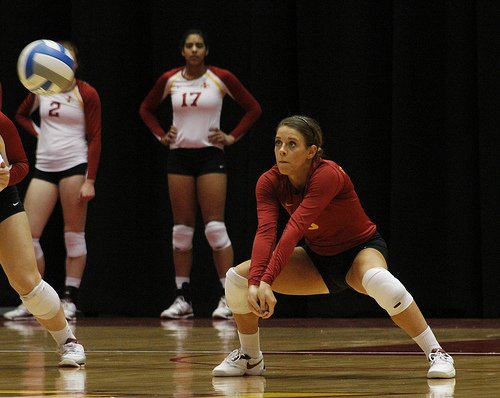 How do you play volleyball?: Digging means to sink your hips low to the floor, below the ball before it gets to you and you use your extended arms in your platform to "dig" or deflect the ball up in the air.
How do you play volleyball?: Digging means to sink your hips low to the floor, below the ball before it gets to you and you use your extended arms in your platform to "dig" or deflect the ball up in the air.To "dig a ball" you are in a defensive position, most frequently in the back row, or if you aren't blocking in the front row and you are positioned outside of your front row blockers as they jump to block a hard driven ball.
If you are the 'digger" or defender your job is to dig the ball up high enough in the air and ideally to the middle of the court close to the ten foot line, so that the second contact in the rally can be made.
This second contact is most often made by the setter who runs to this ball where ever it has been dug up to on the court and sets it up to one of her front row hitters, so they can attack it with the third hit so that the rally continues.
With these vital skills under your belt, the game will seem less intimidating.
However, this is just a quick synopsis.
Now, let’s dive deeper to understand the history, skills, rules, positions, and terminology used in the sport.
Be sure to bookmark this page on “ImproveYourVolley.com” as your go-to online coaching resource, and return regularly to elevate your game!
Remember - share this invaluable guide with your teammates, so together, you create an unbeatable team. Game on!
How Do You Play Volleyball?:
Where Do I Go From Here?
What you just read was just a warmup!
Just like in volleyball practice, you do a little stretching to warm up your muscles before getting into the real meaty part of practice.
Here you go through a light review of everything before you really begin to dig deep and take each rule, each position, each skill and really explore it, learn to do tons of reps and go over each drill repeatedly until you get it right.
- Improve Your Volleyball with Coach April
- How To Play Volleyball
- How Do You Play Volleyball?
- Improve Your Volleyball Performance with Vegas VB Coach April Chapple ›
- How To Play Volleyball So That You Improve And Make Your Varsity Team ›
- How Do You Play Volleyball? Here Are 6 Basic Skills You'll Learn Fast! ›
If your athlete struggles with consistent serve receive, gets subbed out, or is overlooked for playing time—this is the fix you’ve been looking for.

Struggling with passing consistency?
I help talented passers tired of getting pulled from games because of inconsistent serve receive skills BUILD passing confidence without expensive private lessons using the same 3-step system that's helped dozens of my athletes get recruited.
Download my eBook for $17.99 and start building the passing confidence that keeps you on the court—and gets you seen by college coaches.
From Lady Vol to Legend: Coach April Produces Powerful Passionate Players...is that you?
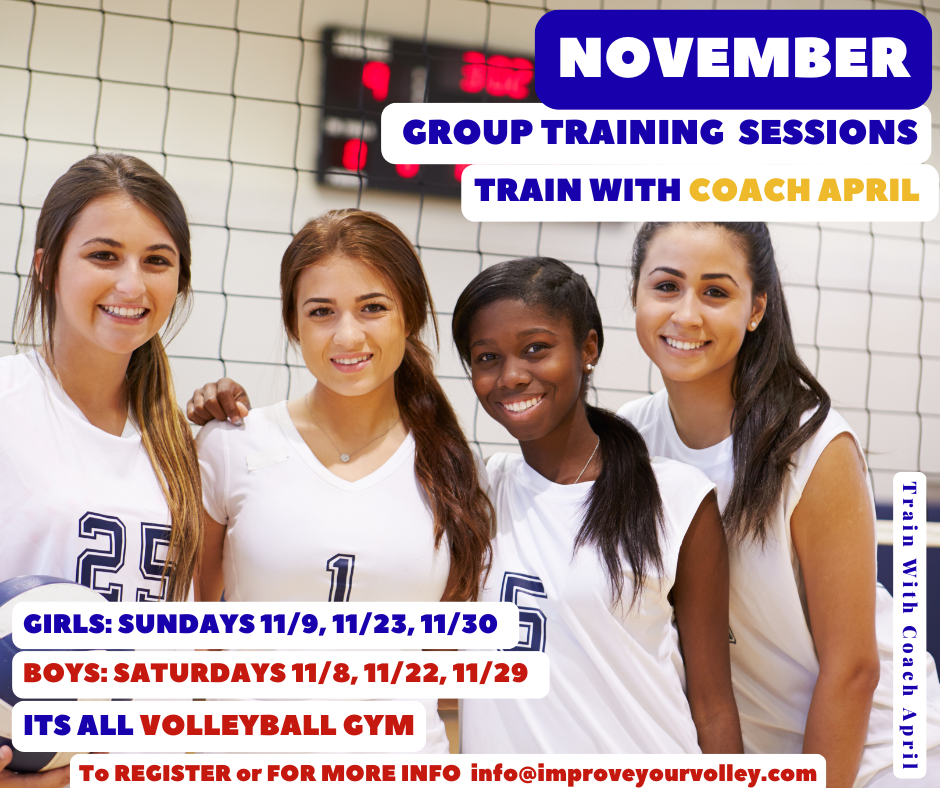
What Are You Looking For?
Click to Download Your Pre Serving Ritual Mastery Checklist pdf:
🎯Volleyball Pre Serving Ritual Guide -
Players! Learn How To Transform Your Serve from Weak to Weapon
Click to Download Your Parent's Volleyball Serving Checklist pdf
🎯Parent's Volleyball Serving Checklist Guide
Parents! Help Your Player Develop Championship Serves (Even If You've Never Played)

Hi there!
Thanks for stopping by. Hope you learned something today that will help you reach your volleyball goals.
Be sure to subscribe to my email newsletter so you can learn more each week!
Stay strong! Stay motivated!
-Coach April

SUSCRIBE to my email newsletter below!

 Click to learn more about the weekly volleyball classes and clinics or email info@imrpoveyourvolley.com for information
Click to learn more about the weekly volleyball classes and clinics or email info@imrpoveyourvolley.com for informationCongratulations to my seven Boys-18s Vegas Volley club players who played in two state championship finals yesterday, the 3A and 5A State champinship finals at Sunrise Mountain High School.
TOURNAMENT CHAMPIONS!
A-1 Vegas Volley VBC
In It To Win It Tournament
May 2 - 4, 2025 Tournament
Gold Medalists
18s Premier Division
Vegas Volleyball's Unsung Heroes: Celebrating Moms with Peace Love Volleyball Shirts
Ready to energize your volleyball mom journey?
Subscribe to my 'Producing Powerful Passionate Peaceful Players' email list above on ImproveYourVolley.com.
You'll receive energy-boosting tips, exclusive insights from me, Coach April Chapple on maintaining momentum in volleyball.
Let's power up the Vegas volleyball scene together!
Recent Articles
-
Real Coach, Real Results: Volleyball Training Shop My Small Business
Nov 30, 25 10:22 PM
Ditch big box stores. Get volleyball training from a real coach with real results. Woman and minority-owned. Shop checklists, ebooks and gear. Shop small today. -
How to Jump Float Serve: 3 Pro Volleyball Player's Secret Serving Tips
Nov 28, 25 08:34 PM
Why do college players rely on the jump float serve? It combines power with unpredictable movement. Learn how to jump float serve like the pros in this guide. -
Use A Jump Float Serve To Create Power For An Ace Or To Start A Rally
Nov 28, 25 08:32 PM
Use the overhand jump float serve to generate a powerful serve that starts a rally after the ref blows the whistle for the player behind the service line.
